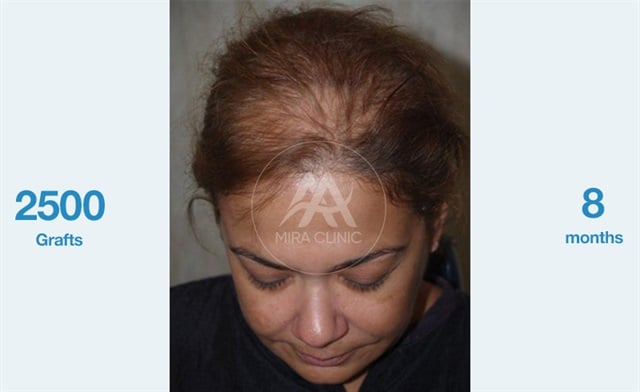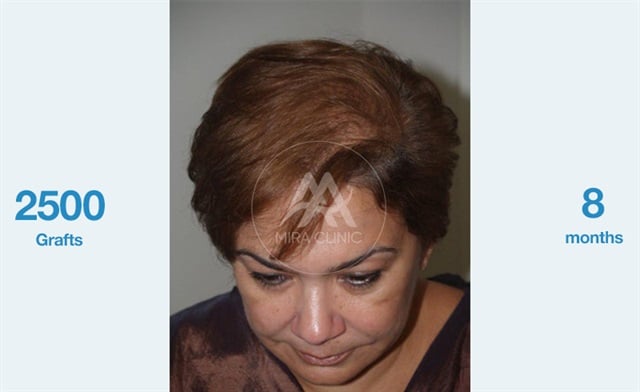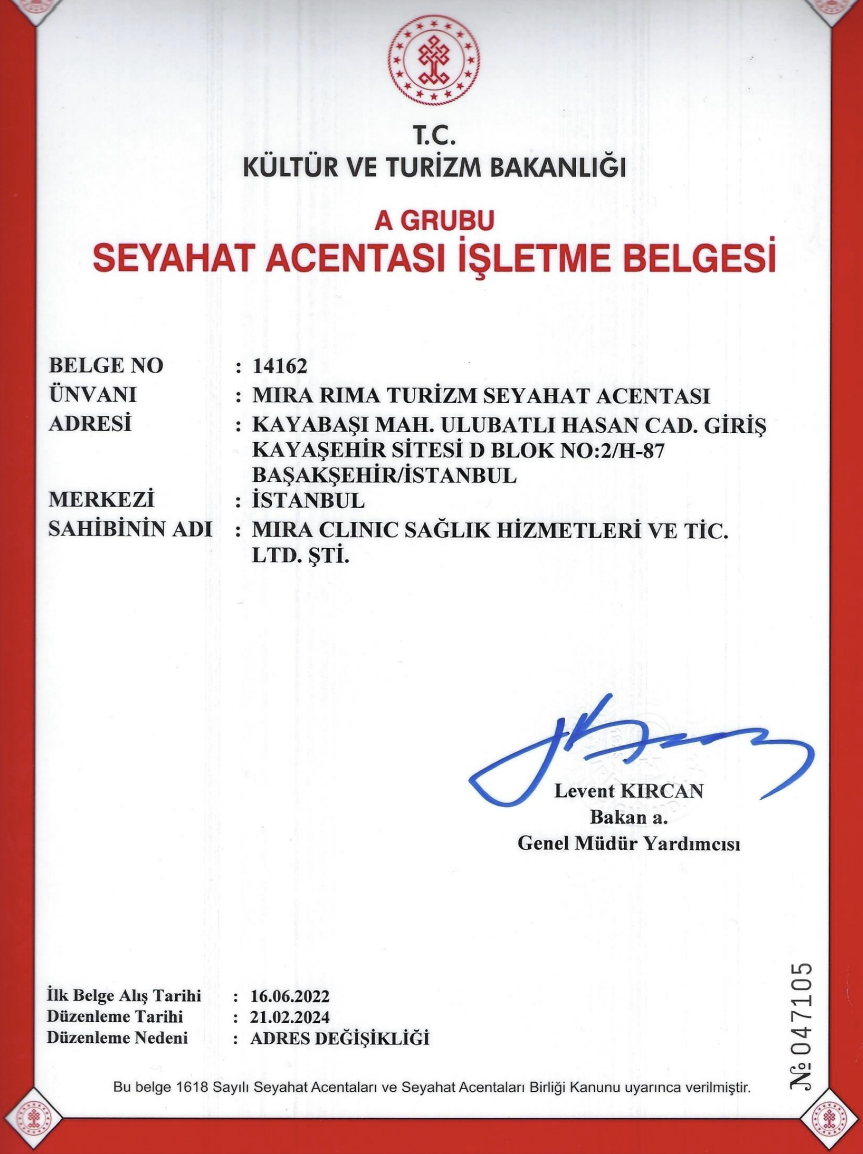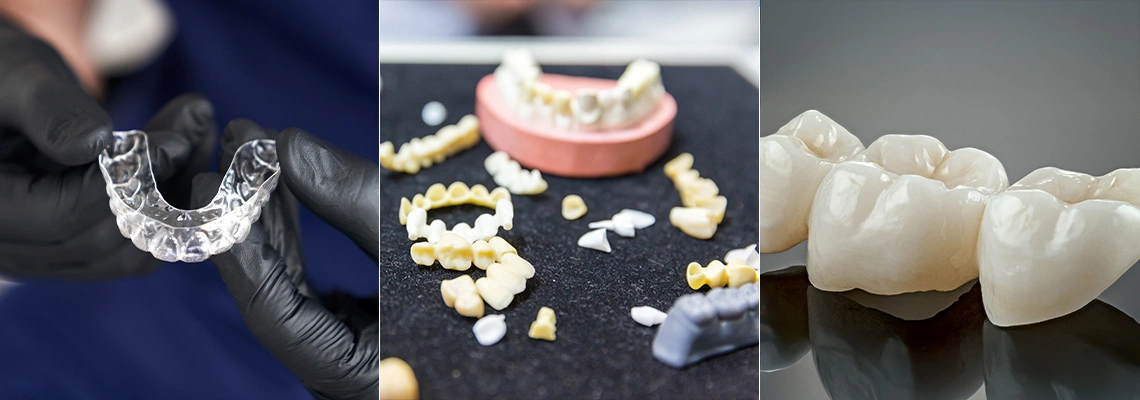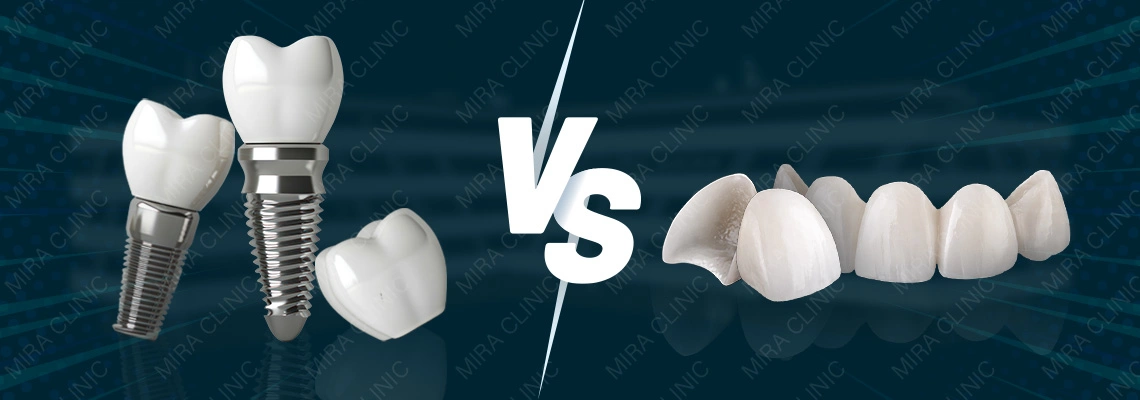A hair transplant is an effective solution in Turkey for hair loss which is not just a men’s problem, women also might experience severe hair falling or frustrating hair thinning all over the head. Several reasons may cause hair loss or baldness for women, such as pregnancy, stress, certain medicines, or some diseases.
Table of contents
What is the appropriate hair transplant for women?
-
A hair transplant is a cosmetic procedure that is performed under local anesthesia to restore hair permanently.
-
DHI technique, which is a state-of-the-art procedure in hair transplant, is used commonly to implant hair follicles for women since it does not require shaving the entire hair as in the FUE technique.
-
In DHI, a small and split-shaped area of the donor site, which is located on the upper side of the nape, is shaved.
-
DHI technique is based on the Choi Pen which can create tiny channels and implant the graft concurrently with just one click on the plunger.
All you need to know about hair transplantation in Turkey
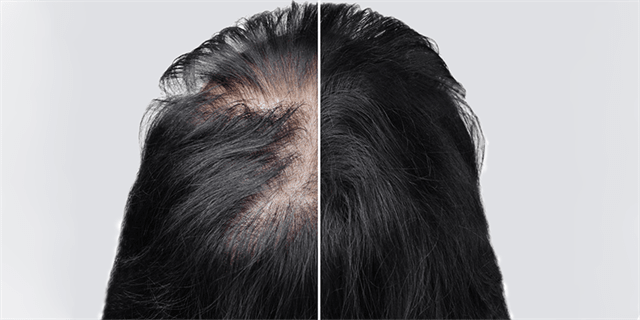
Who is the right candidate for a hair transplant?
Not everyone is capable of carrying out hair transplants. There are several basic criteria which the right candidate should meet:
-
The woman should be over 25 years old.
-
The woman should be in good general health, without any health condition that affects or impedes the operation.
-
The donor area should be good enough for hair transplantation.
-
The woman who suffers from hair loss or baldness areas.
-
The woman who suffers from hairline recession or hair thinning.
My hair transplant experience in Turkey
What are the pre-operative instructions for hair transplant?
In order to ensure a successful operation with satisfying results, the qualified patients for hair transplantation should follow the following instructions before the procedure:
-
Blood-thinning medications or drinks (Green tea) should be avoided for two weeks before the procedure, in order to prevent the patient from severe bleeding within the operation.
-
The patient should stop drinking alcoholic beverages and caffeinated drinks, including tea and coffee for a week before the procedure.
-
If the patient is a smoker, then he should stop smoking for at least two weeks prior to the procedure, since smoking has a negative impact on the surgery’s performance.
-
Certain medicines must be stopped, including aspirins or anti-inflammatory drugs at least for a week prior to the surgery.
-
B or E vitamins or any type of multi-vitamin supplement containing B or E vitamins must be refrained for a week prior to the surgery, in order to avoid excessive bleeding during the operation.
DHI hair transplant in Turkey2022

How is a hair transplant done for women?
Let’s have a deep look at how the mechanism of women hair transplant works through the following stages:
-
As in the hair transplant for men, the hair transplant begins with drawing the hairline and defining the number of grafts that are needed for covering the baldness area in the patient’s scalp. In order to give the appropriate hair density for women, grafts are usually chosen to be multiple-follicular grafts.
-
The patient is given a medical examination, which involves blood and dermatology tests.
-
The next step, since the DHI technique doesn’t require shaving the entire hair, only the donor area is trimmed, which allows picking the hair follicles accurately.
-
In the fourth stage, the patient will get local anesthesia, so he feels comfortable during the transplantation.
-
Then, the doctor will start picking the target hair follicles one by one from the donor area using a micromotor device.
-
Finally, the doctor uses a Choi pen which is loaded with a graft. With only a click, he can implant it appropriately.
Pre & Post hair transplant instructions 2022
What are the post-operative instructions for hair transplant?
Here are some important post-operative instructions which help the patient ensure ideal results and get a speedy recovery.
-
Keep wearing the head bandage for 2 days after the procedure.
-
Take the medications which are prescribed by the doctor. They will help you get well.
-
Try to keep the head straight as possible and sleep in a semi-vertical position for 5 days.
-
Don’t wash your hair or have a shower for 3 days after the procedure
-
Avoid smoking for 2 months after the transplant.
-
Avoid sun exposure and bad weather for a month after the procedure.
-
Stay away from strenuous physical activities for at least a week.
-
Don’t swim for 3 months after the procedure.
Before & After Hair Transplant for Women in Turkey 2025: Methods, Recovery, and Costs
